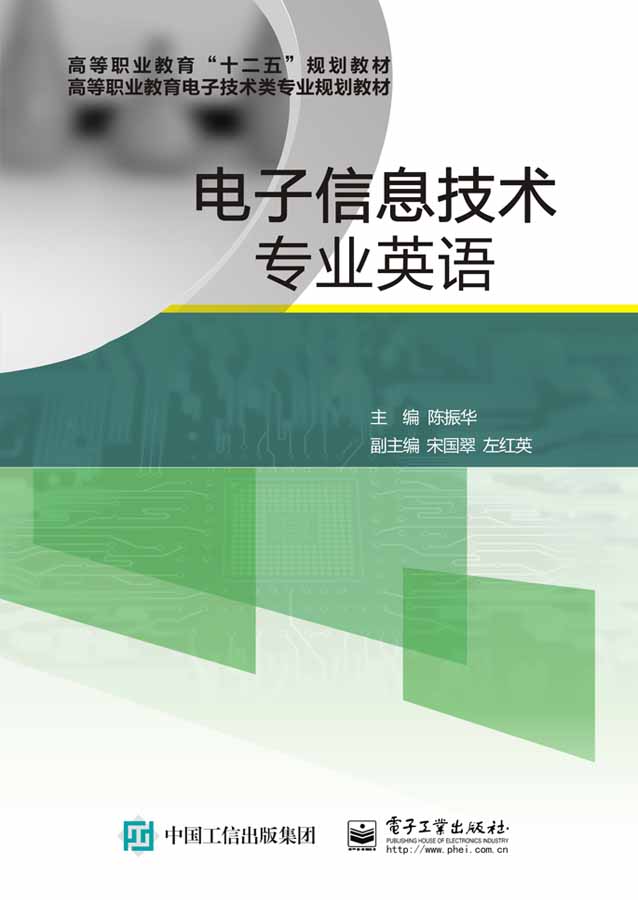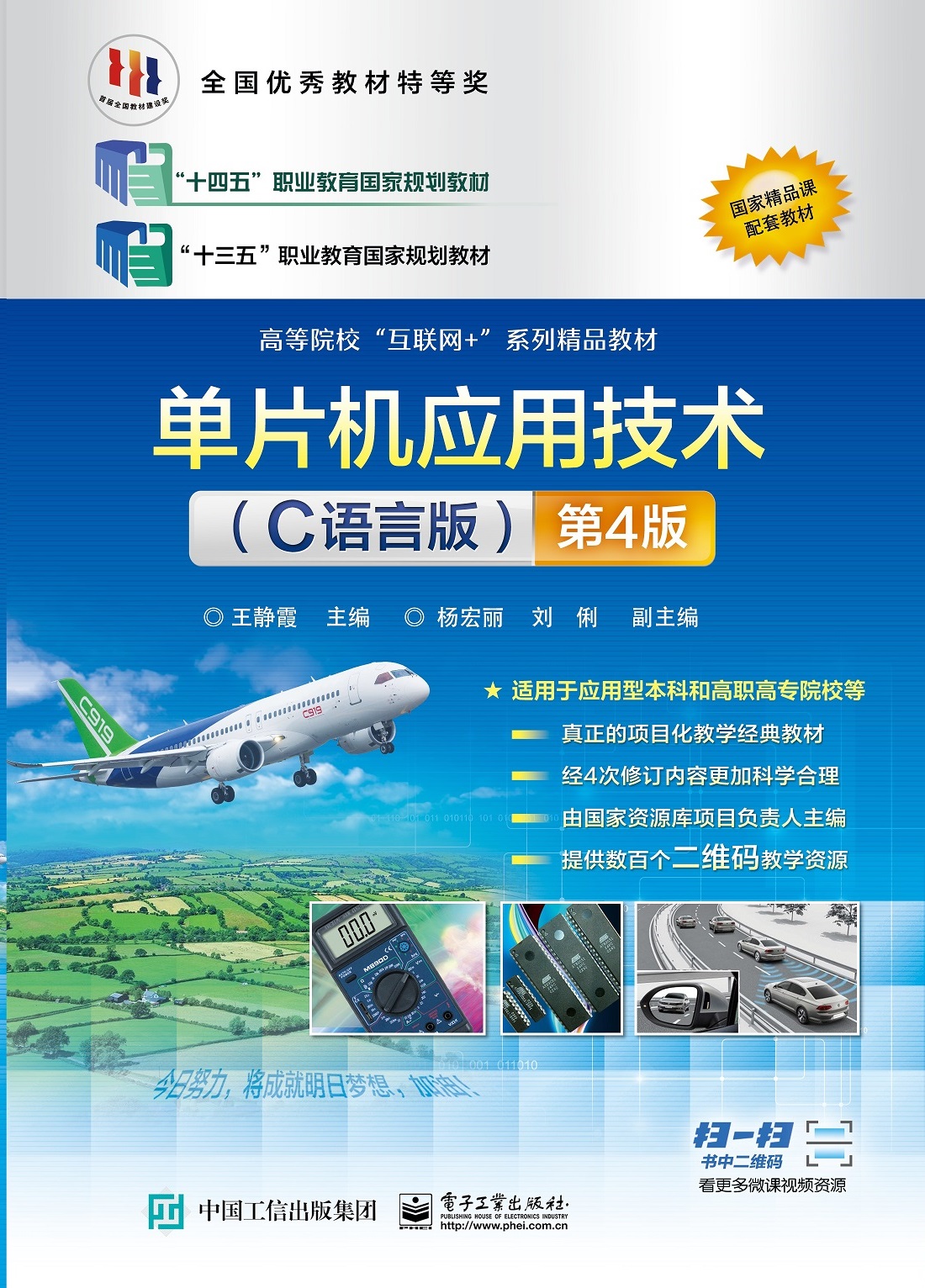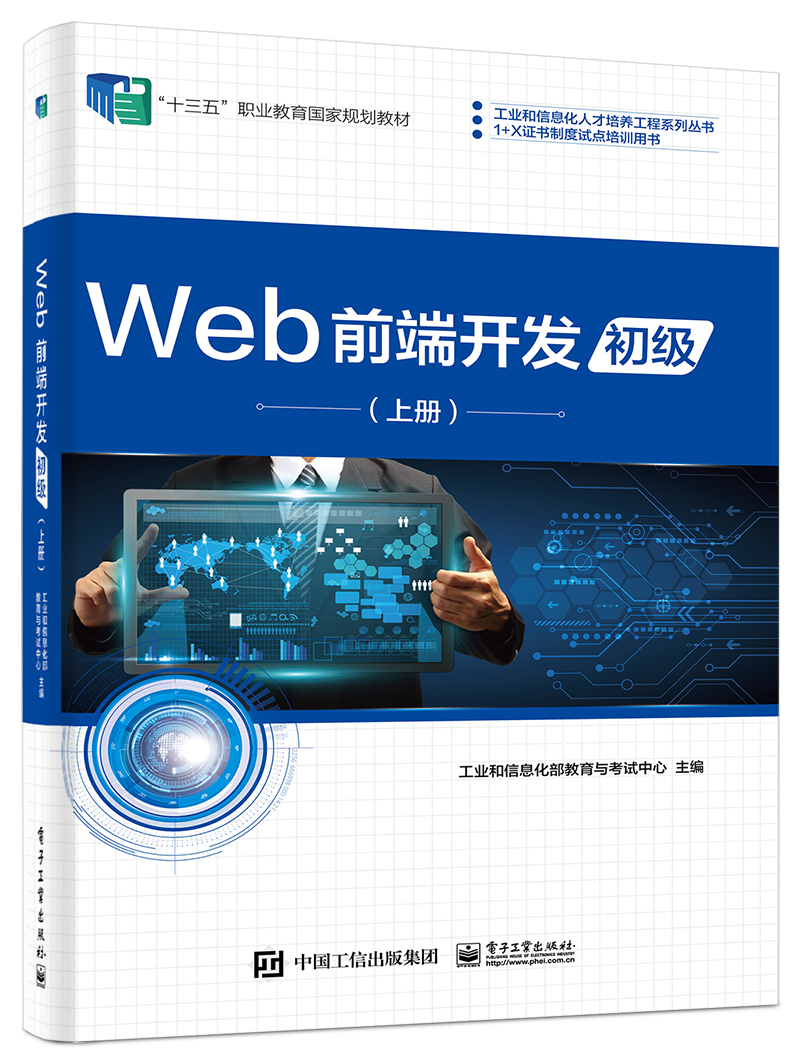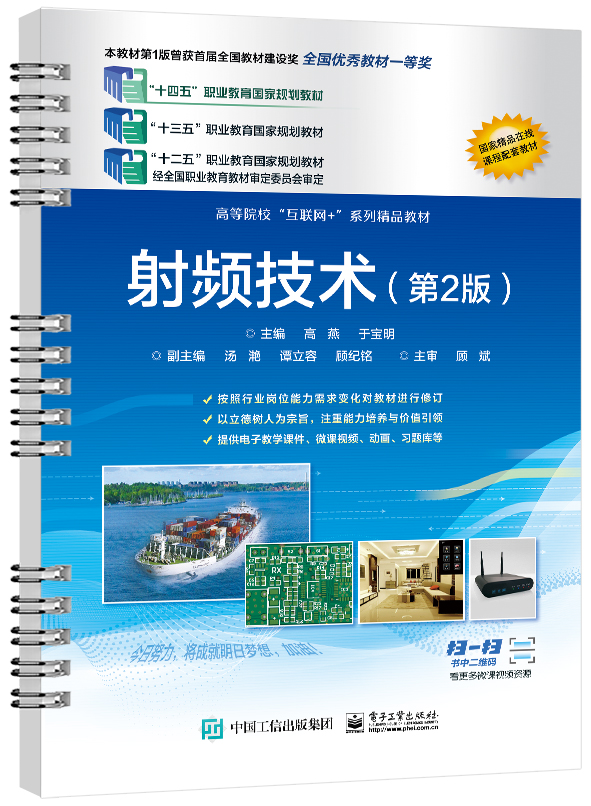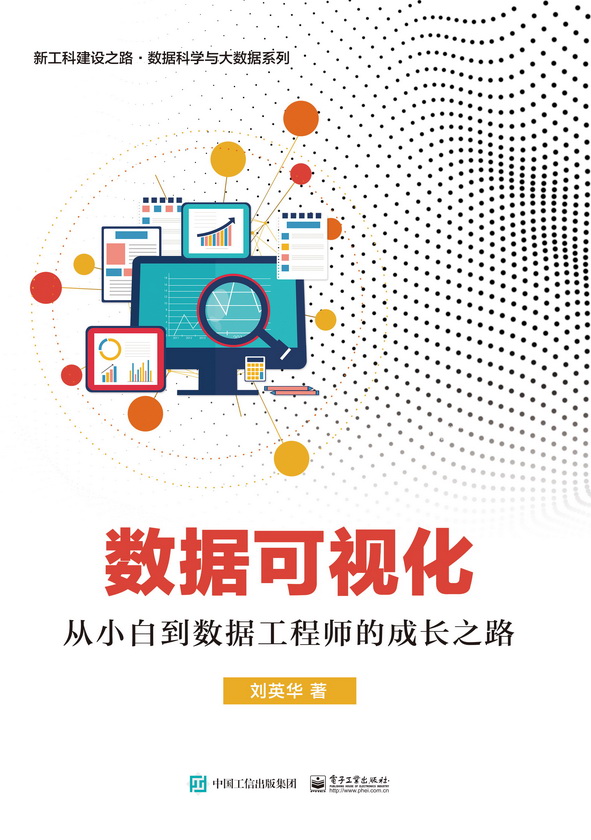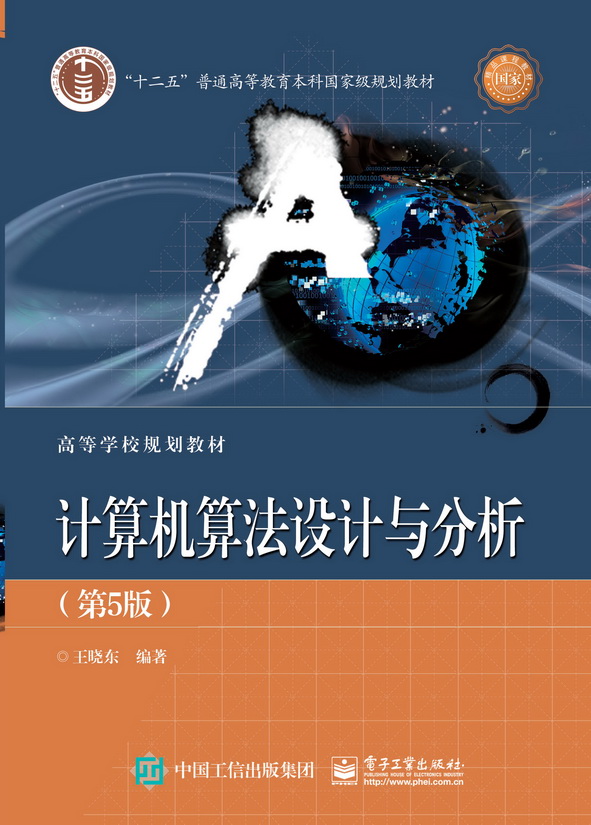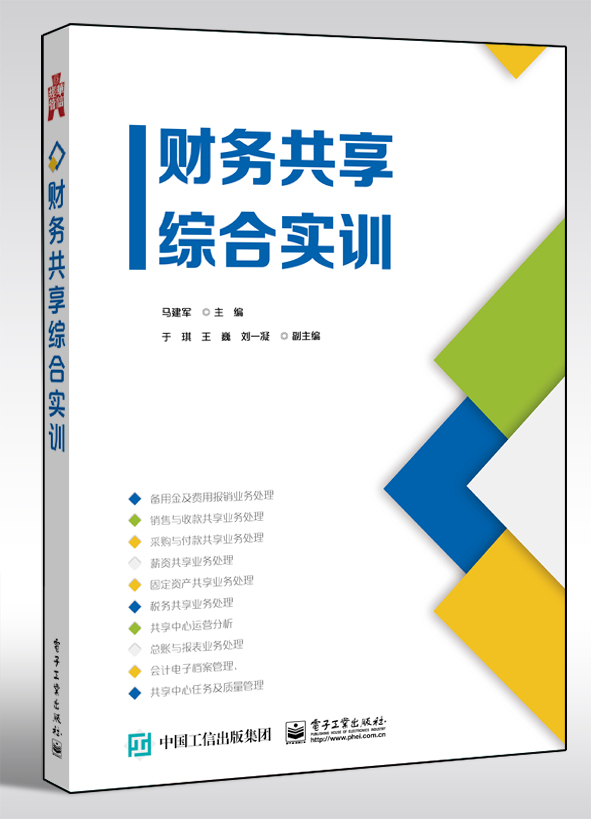电子信息技术专业英语
丛 书 名:
全国职业教育“十二五”规划教材
高等职业教育电子技术专业规划教材
作 译 者:陈振华
出 版 日 期:2015-10-01
书 代 号:G0271470
I S B N:9787121271472
图书简介:
本教材是高职高专高职高专电子信息类规划教材,根据教育部的高等职业学校电子与信息技术专业英语教学基本要求编写。全书共11单元,内容涉及电子及元件、数字及模拟电路、集成电路、移动通讯、计算机、全球著名电子公司等,并参考了国内外较新的书刊及报道,由浅入深,循序渐进。每单元课后附有一定的练习或阅读材料,以巩固所学知识。
-
配 套 资 源
-
图 书 内 容
内容简介
本教材是高职高专高职高专电子信息类规划教材,根据教育部的高等职业学校电子与信息技术专业英语教学基本要求编写。全书共11单元,内容涉及电子及元件、数字及模拟电路、集成电路、移动通讯、计算机、全球著名电子公司等,并参考了国内外较新的书刊及报道,由浅入深,循序渐进。每单元课后附有一定的练习或阅读材料,以巩固所学知识。图书详情
ISBN:9787121271472开 本:16开页 数:204字 数:323本书目录
目录 Unit 1Electronic Circuit Diagram 1.1Reading An Electronic Circuit Diagram 1.2Components 1.2.1Resistor 1.2.2Capacitor 1.2.3Inductor 1.2.4Diode 1.2.5Crystal 1.3Valtage 1.4Kirchhoff Unit 2Analog Electronics 2.1Analogue Signal 2.1.1Noise 2.1.2Precision 2.1.3Design difficulty 2.2Ideal Operational Amplifiers and Practical Limitations 2.3Nature of Phase Lock Unit 3Digital Electronics 3.1Advantages and Disadvantages 3.1.1Advantage 3.1.2Disadvantages 3.1.3Construction 3.1.4Combinational and Sequential Systems 3.1.5Synchronous Systems and Asynchronous Systems 3.2Digital Components 3.2.1Flip-Flops 3.2.2Shift registers 3.2.3Counters Unit 4Integrated Circuits 4.1What Is Integrated Circuit 4.2Application Specific Integrated Circuit 4.2.1History 4.2.2Standard cell design 4.2.3Gate array design 4.2.4Full-custom design 4.2.5Structured design Unit 5Programmable Logic Device 5.1History of PLD 5.1.1Using a ROM as a PLD 5.1.2Early programmable logic 5.2A programmable logic array 5.3Programmable array logic 5.4Generic array logic 5.5Complex programmable logic device 5.5.1What is a CPLD? 5.5.2Distinctions 5.5.3CPLD Benefits 5.5.4Designing with CPLDs 5.6Field-programmable gate array 5.6.1What is FPGA 5.6.2Technical design 5.6.3FPGA manufacturers 5.6.4Modern developments Unit 6USB Infrared Transceiver 6.1History 6.2USB Infrared Transceiver 6.3USB Protocol 6.4Application of USB 6.5USB Connector 6.6Circuit Module 6.6.1Circuit Module: Power Supply 6.6.2Circuit Module: USB-IC and EEPROM 6.6.3Circuit Module: Transmitter 6.6.4Circuit Module: Receiver Unit 7Computer 7.1Computer Overview 7.1.1Introduction 7.1.2History 7.2Hardware 7.2.1Programming 7.2.2Future Developments Unit 8Mobile Phone 8.1An evolution of mobile phones 8.2History of mobile phones 8.3Mobile phone features 8.4SMS 8.4.1SIM card 8.4.2Multi-card hybrid phones 8.4.3Kosher phones 8.5Manufacturers Unit 9Electronics Corporation 9.1Intel Corporation 9.1.1Overview 9.1.2The latest news 9.2Texas Instruments 9.2.1Overview 9.2.2History of innovation 9.2.3TIs performance Unit 10Internet 10.1Overview 10.2Terminology 10.3History 10.4Services 10.4.1World Wide Web 10.4.2Communication 10.4.3Data transfer 10.5Social impact 10.5.1Users 10.5.2Social networking and entertainment Unit 11Telecommunications and Information 11.1Telecommunications and Computer 11.2Internet and Information Superhighway 11.2.1Internetworks 11.2.2The Internet 11.2.3Information Superhighway 11.2.4Future of the Internet 附录: 电子专业英语词汇(缩写词汇) 参考文献展开前 言
前言 本书为电子信息类专业高职高专学生进行专业英语学习而编写,其目的在于使学生通过学习专业英语课程,掌握电子技术方面的英文词汇,达到一定的对电子技术文章、电子产品、IC资料的翻译能力,并能够依靠自身的专业背景知识进行电子设备资料、电子电路资料、电子产品的一般说明书和装配书的阅读。 全书共11单元,内容涉及电子技术基础知识、电子元件及产品、集成电路、移动通讯、计算机、全球著名电子公司等,参考了国内外较新的书刊及新闻报道,内容涉及最新的电子技术、芯片、产品以及厂商,内容新颖,与时俱进,选材注重时代性、知识性、趣味性和文化性的有机结合,既培养了学生的专业英语技能,又开阔了视野,丰富了内涵。使读者在掌握电子信息专业英语翻译技巧的同时,了解最前沿的电子科技信息。每单元课后附有一定的练习或阅读材料,以巩固所学知识。 本教材的策划到最终定稿,始终坚持把《高等职业教育类教学要求》和电子信息技术的教学实际结合起来,限于编者时间和水平有限,实际编写中难免出现纰漏,望广大读者和同行在使用过程中不吝赐教。 编者展开作者简介
本书暂无作者简介 -
样 章 试 读
-
图 书 评 价 我要评论
